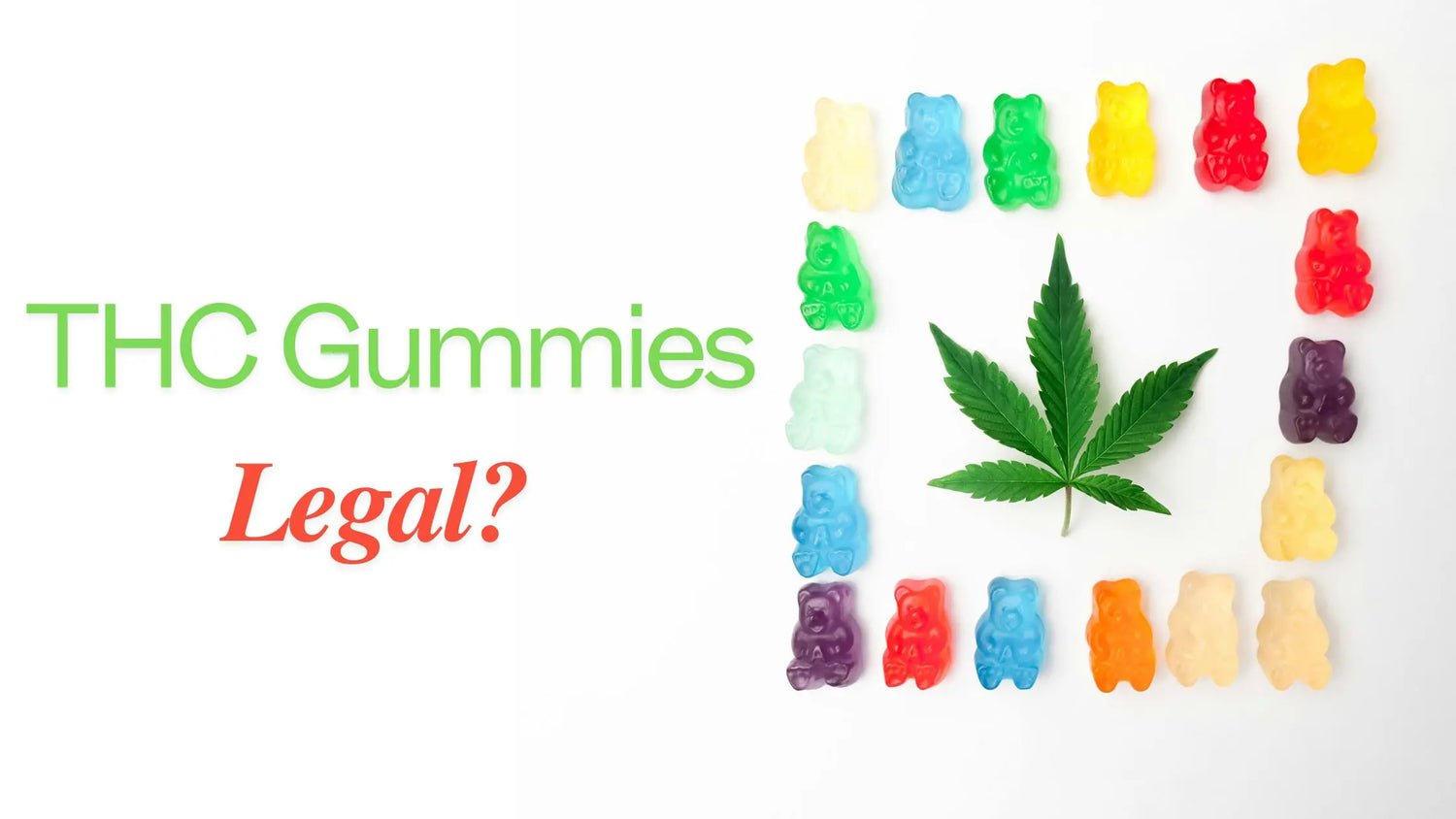Unraveling the Secrets of Cannabinoids: A Comprehensive Examination
Phytocannabinoids are compounds found in the resin glands, or trichomes, of mature cannabis and hemp flower.
They have gained significant attention in recent years due to their potential therapeutic benefits. In addition to phytocannabinoids, there are also endocannabinoids produced by the human body. This blog post will explore the different types of cannabinoids and how they work.
Delta-9 Tetrahydrocannabinol (THC)
One of the most well-known phytocannabinoids is delta-9 Tetrahydrocannabinol (THC). It is the primary psychoactive compound found in cannabis and is responsible for the "high" associated with marijuana use. THC interacts with the cannabinoid receptors in the brain, specifically the CB1 receptors, to produce its effects.
Cannabidiol (CBD)
Another prominent phytocannabinoid is Cannabidiol (CBD). Unlike THC, CBD does not produce psychoactive effects. It interacts with both CB1 and CB2 receptors in the endocannabinoid system, which is involved in regulating various physiological processes. CBD has gained popularity for its potential therapeutic properties, such as reducing pain and inflammation, alleviating anxiety, and promoting relaxation.
Minor Cannabinoids
In addition to THC and CBD, there are several "minor" cannabinoids that have been identified. These include Cannabinol (CBN), Cannabigerol (CBG), and Cannabichromene (CBC). While research on these minor cannabinoids is still ongoing, they have shown potential in various areas, such as pain management, neuroprotection, and anti-inflammatory effects.
Endocannabinoids
Endocannabinoids are cannabinoids produced by the human body. The two main endocannabinoids are anandamide and 2-arachidonoylglycerol (2-AG). They are synthesized on-demand and act as neurotransmitters, transmitting signals between cells. Endocannabinoids bind to cannabinoid receptors, primarily CB1 and CB2, to regulate various physiological processes, including pain sensation, mood, appetite, and immune function.
When it comes to cannabis flower, there are various cannabinoids that contribute to its effects and benefits. Understanding these cannabinoids can help you make informed choices about the products you consume. In this blog post, we will explore nine cannabinoids commonly found in cannabis flower and their properties.
1. THC
THC, or delta-9 tetrahydrocannabinol, is the most abundant cannabinoid in cannabis flower. It is responsible for the psychoactive effects commonly associated with marijuana use. THC levels in cannabis flower can range from 10% to 30% or even higher. However, it's important to note that higher THC levels don't necessarily mean a stronger high.
Dispensaries often refer to delta-9 THC when discussing THC content in their products. While other THC variants like delta-8 THC, delta-O THC, and delta-10 THC exist, they are less commonly found in dispensaries.
2. THCA
Tetrahydrocannabinolic acid (THCA) is a non-psychoactive cannabinoid found in raw cannabis flower. When exposed to heat, THCA converts to THC, which is why cannabis flower needs to be decarboxylated before it can be consumed. THCA is believed to have potential anti-inflammatory and neuroprotective properties.
3. CBD
Cannabidiol (CBD) is another well-known cannabinoid found in cannabis flower. Unlike THC, CBD does not produce psychoactive effects. It is known for its potential therapeutic benefits, including pain relief, anxiety reduction, and anti-inflammatory properties. CBD is often used in various wellness products.
4. CBDA
Cannabidiolic acid (CBDA) is the acidic precursor to CBD. Like THCA, CBDA is non-psychoactive and needs to be decarboxylated to convert into CBD. Research suggests that CBDA may have potential anti-nausea and anti-inflammatory effects.
5. CBG
Cannabigerol (CBG) is a non-psychoactive cannabinoid that is found in smaller quantities in cannabis flower. It is often referred to as the "mother cannabinoid" because it is the precursor to other cannabinoids like THC and CBD. CBG is believed to have potential antibacterial, anti-inflammatory, and neuroprotective properties.
6. CBN
Cannabinol (CBN) is a mildly psychoactive cannabinoid that is formed when THC ages or is exposed to oxygen. It is found in trace amounts in fresh cannabis flower but becomes more prevalent as the flower ages. CBN is believed to have potential sedative effects and may aid in sleep.
7. CBC
Cannabichromene (CBC) is a non-psychoactive cannabinoid that is found in cannabis flower. It is known for its potential anti-inflammatory and analgesic properties. CBC may also contribute to the entourage effect, which is the synergistic interaction of various cannabinoids and terpenes.
8. THCV
Tetrahydrocannabivarin (THCV) is a psychoactive cannabinoid that is found in smaller quantities in cannabis flower. It is known for its potential appetite suppressant and energizing effects. THCV may also have anticonvulsant properties.
9. CBDV
Cannabidivarin (CBDV) is a non-psychoactive cannabinoid that is structurally similar to CBD. It is found in smaller quantities in cannabis flower. CBDV is currently being studied for its potential therapeutic benefits in conditions such as epilepsy and autism spectrum disorders.
Understanding the different cannabinoids in cannabis flower can help you choose products that align with your desired effects and wellness goals. Remember to start with low doses and consult with a healthcare professional before incorporating cannabis into your routine.
Cannabinoids, both phytocannabinoids and endocannabinoids, play a crucial role in the endocannabinoid system, which helps maintain homeostasis in the body.
While THC and CBD are the most well-known cannabinoids, there are numerous other minor cannabinoids that offer potential therapeutic benefits. Understanding cannabinoids and their mechanisms of action can provide insights into their potential applications in medicine and wellness.





